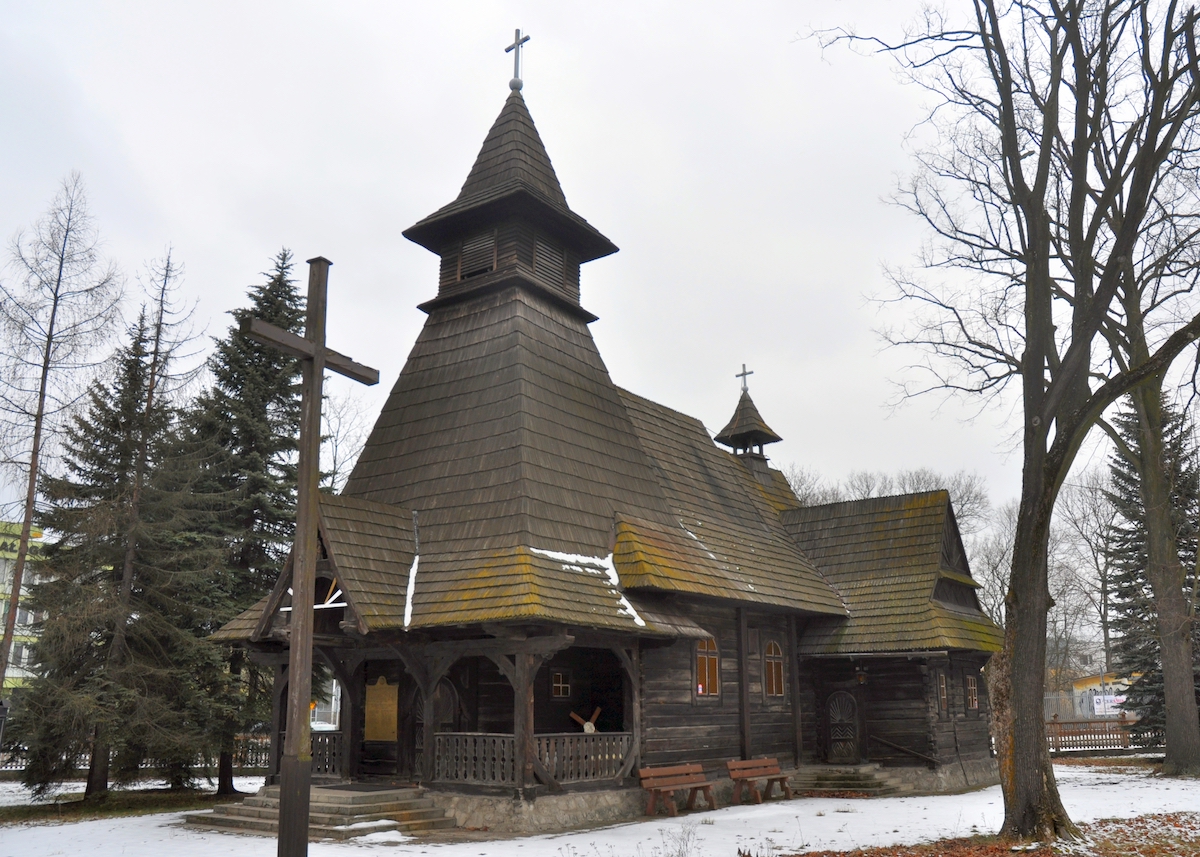Białogon
Białogon
GPS:
50.85567, 20.55715Informations:
A former industrial settlement and now a district of Kielce, situated in the south-western part of the city, on the Kielce-Kraków route, in the vicinity of the rivers Bobrza and Silnica. Thanks to its convenient location by the Bobrza river and close proximity to lead, copper and iron ore deposits, a small smelter plant was already operating here in the 16th century, smelting precious metals. The historic buildings and layout of the former industrial settlement, which have survived to the present day, are, however, a reminder of a much later 19th century history. In 1814, the then Minister of State in the Kingdom of Poland, rev. Stanisław Staszic decided to build the Huta Aleksander at this location, which smelted copper, silver and lead from ores extracted from the surrounding mines. The smelter plant was complemented by factory buildings, a water system consisting of a pond with a dyke, drains and canals, and a workers’ housing estate built in a symmetrical, axial layout. The site of the former smelter plant is now occupied by the Kielecka Fabryka Pomp “Białogon” (Kielce Pump Factory “Białogon”), but several 19th century industrial buildings have survived, including a guardhouse visible from the side of Fabryczna Street, which is the main axis of the former workers’ housing estate. The real decoration of Bialogon is the wooden Transfiguration of Jesus church, built in 1918 in the then very fashionable Zakopane style. Thanks to this, the temple is deceptively reminiscent of churches in Podhale. It is worth mentioning that the red Kielce-Chęciny trail, the yellow trail around Kielce, as well as cycling paths and trails, including the Green Velo trail, lead through Białogon.

